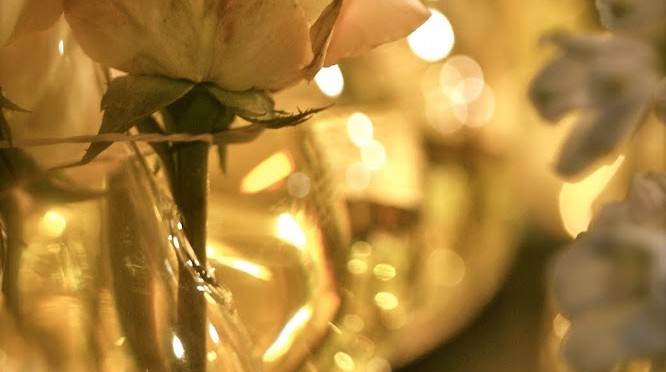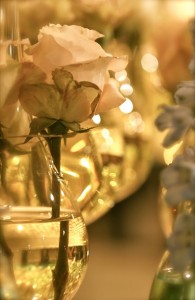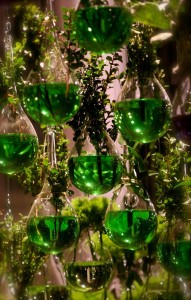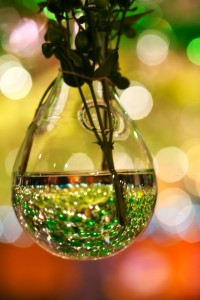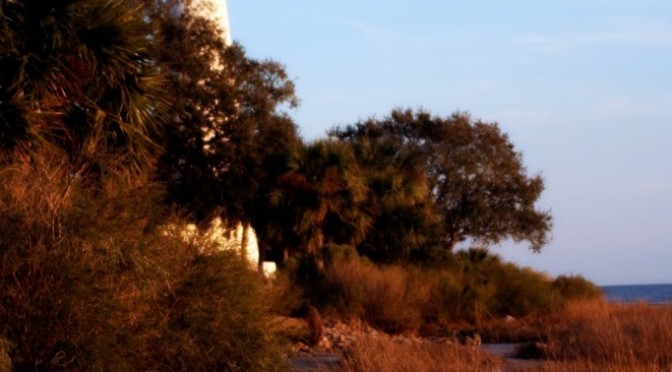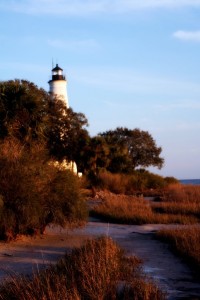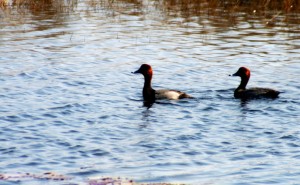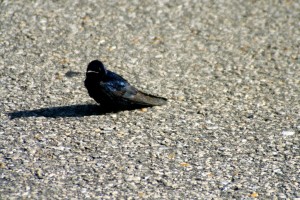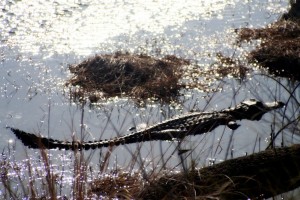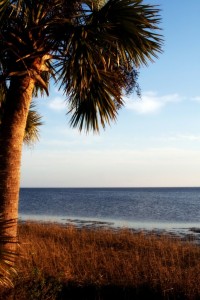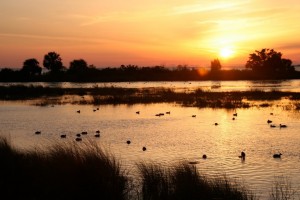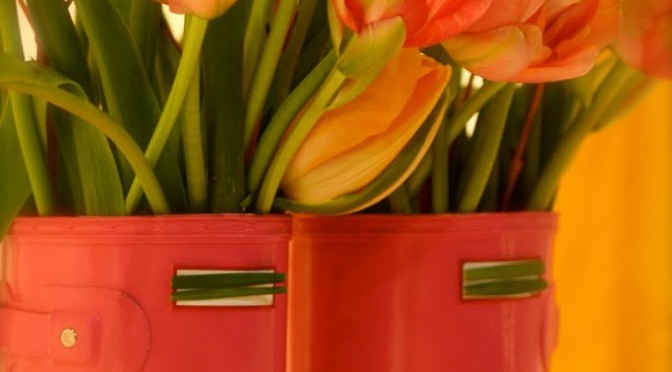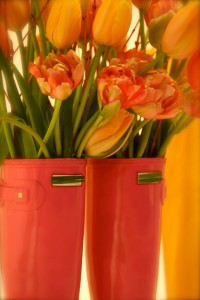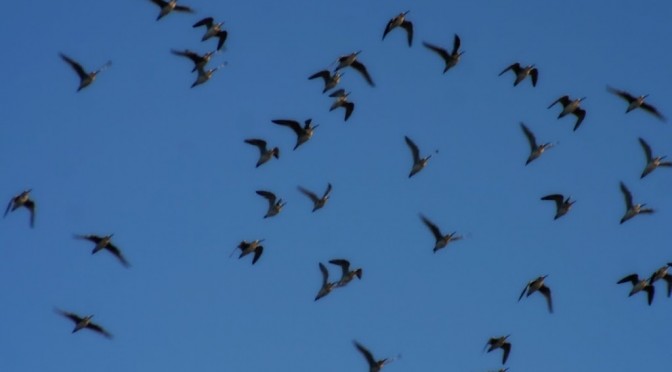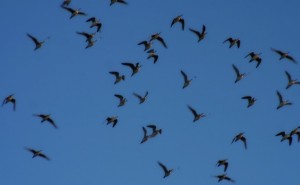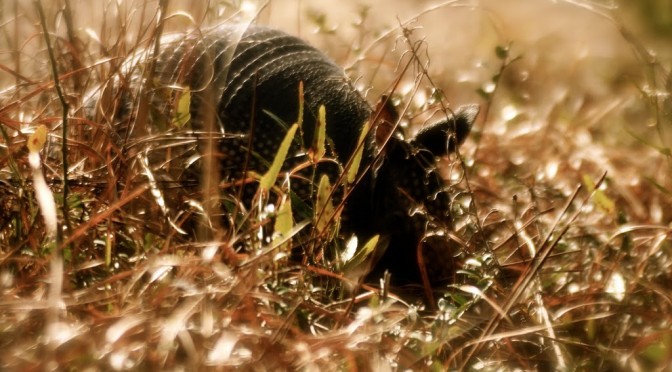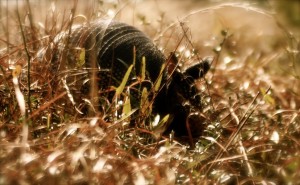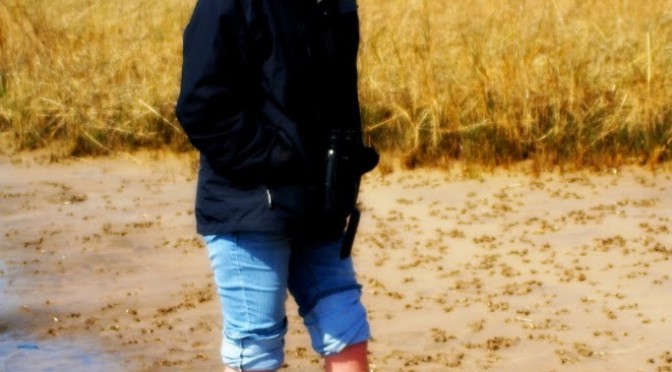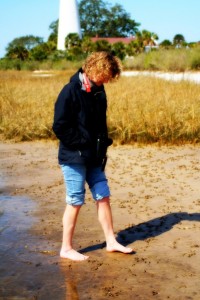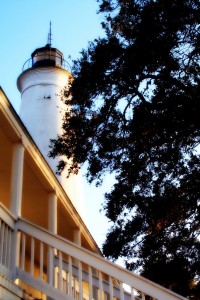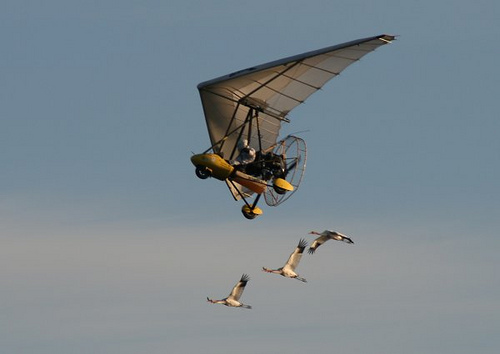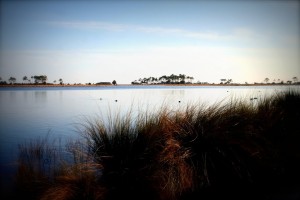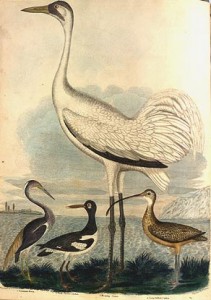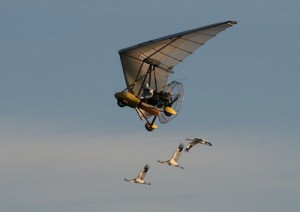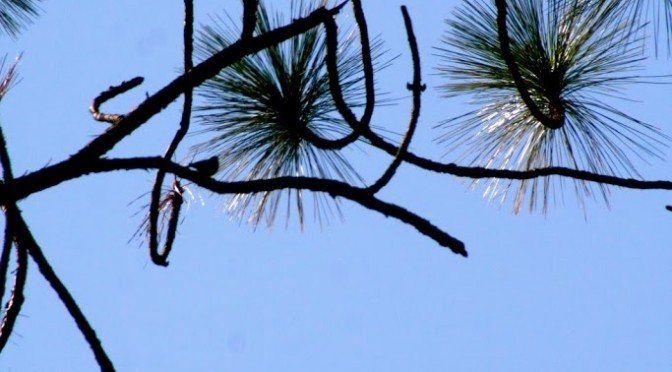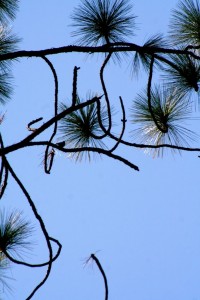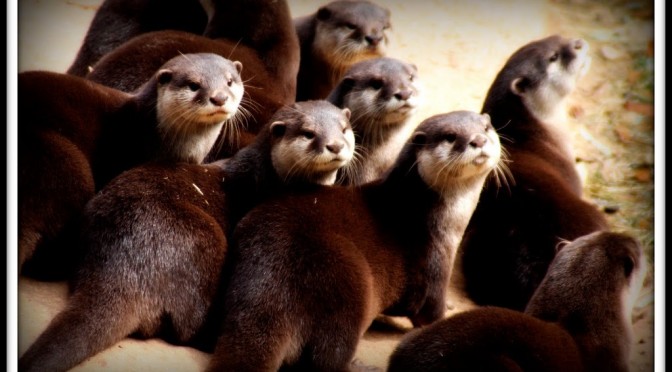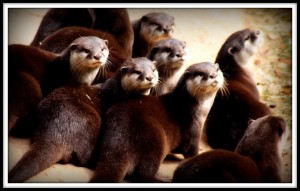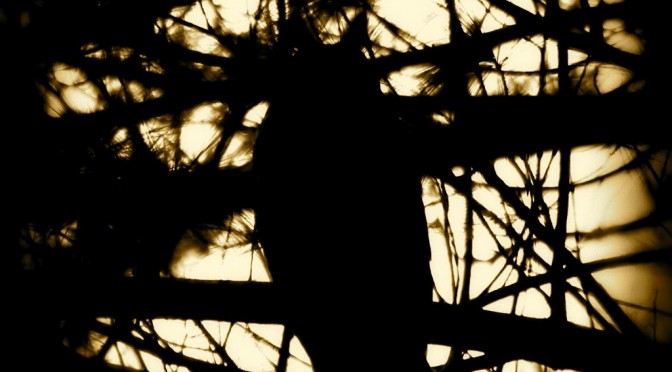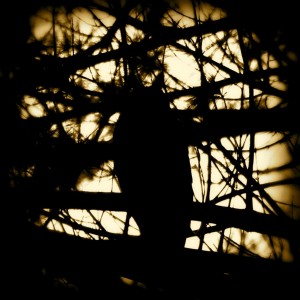More from the flower show in Philly:
I do a lot of playing with my camera and I make a lot of mistakes… probably those two necessarily go together. Once in a while though, something cool happens, as if by magic.
I know… the key to making that magic happen all the time is understanding and actually applying the science behind photography.
I’m only just learning to use the camera outside the comfort of automatic mode… I like portrait mode best, for its shallow depth of field, but the challenges of working outside of automatic, with aperture priority, sometimes feel too much like a math test that I forgot to study for and I just want to make a pretty picture, you know?
😉
Add to the equation the vagaries of ISO and shutter speeds and trying to take pictures of things with wings and BLECH!! Any sense of creativity and fun is lost for me. I guess I’m mostly interested in the magic, when it happens… the mystery of the process makes photography very compelling (and intimidating!) for me.
So anyway, a little at a time I’m forcing myself to use what I understand about f-stops and all that crap… and I’m deleting dozens and dozens of photos as I learn, but celebrating the magic when it happens.
About the flower display, called Global Terrain, the artist’s statement reads: “The way land and sea are represented and form the texture of maps — inspired this unique display. Multiple vases and arrangements of thistle, delphinium, baby’s breath, trachilium and other plant varieties are used to replicate the look and feel of these three-dimensional depictions of the world.“
I’ve only focused on a couple small parts of the display here… but Steve has a pic of the overall effect… it was really breathtaking, yet sadly difficult to photograph well, I think.
